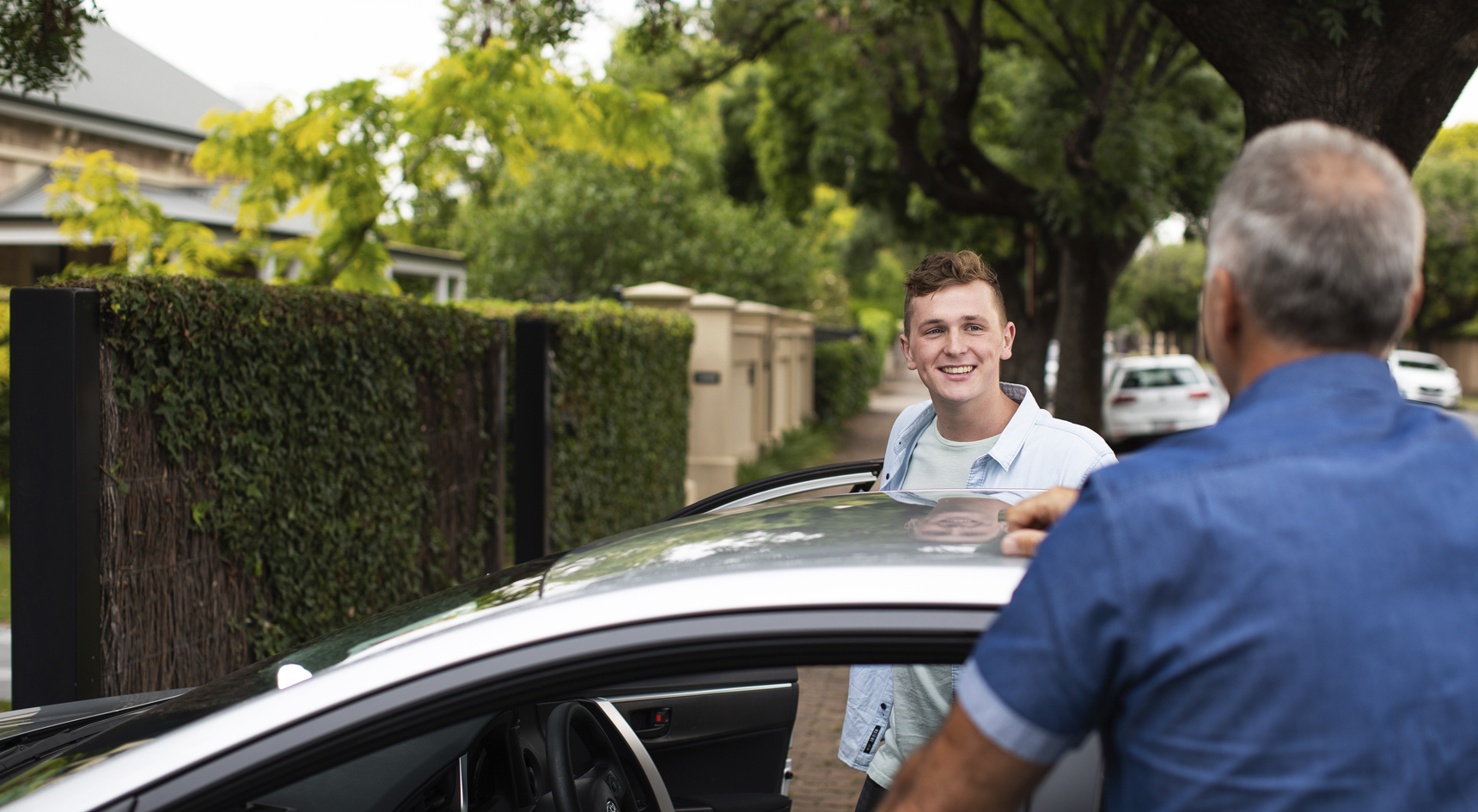Tips for learner drivers and their supervisors
 If you’ve just passed your learner’s test, you’re probably itching to book a driving lesson and get on the road – I know I was.
Unfortunately, COVID-19’s impact on our everyday lives has been far reaching. Along with social distancing, using QR codes and working from home, driving schools were among the many businesses that had to close last year.
As a result, learner drivers are now feeling the effect, with a surge in people booking lessons.
“This has created a backlog for driving schools across the country,” says RAA Senior Manager of Community Engagement Ben Haythorpe.
If you’ve just passed your learner’s test, you’re probably itching to book a driving lesson and get on the road – I know I was.
Unfortunately, COVID-19’s impact on our everyday lives has been far reaching. Along with social distancing, using QR codes and working from home, driving schools were among the many businesses that had to close last year.
As a result, learner drivers are now feeling the effect, with a surge in people booking lessons.
“This has created a backlog for driving schools across the country,” says RAA Senior Manager of Community Engagement Ben Haythorpe.
Currently, there are waiting periods at many driving schools for learners looking to book their first driving lesson.“While they might have to wait for a driving lesson with an instructor, there’s plenty that learners and their supervising qualified drivers can do now to ensure they’re prepared for that first lesson.” Wondering what to do while you’re waiting? If you’re a learner or a supervising qualified driver, here are some tips – especially if you still need to log your 75 hours of driving time.
Learner drivers
You’ve just been handed that special piece of plastic with a photograph of your face on it, saying you can now drive a car. So, what’s next?Read The Driving Companion
Before you jump behind the wheel, take a look at The Driving Companion you received when you passed your learner’s test. Studying this book before your lessons will give you a valuable head start. The book covers everything you need to know about driving.
Image: RAA

